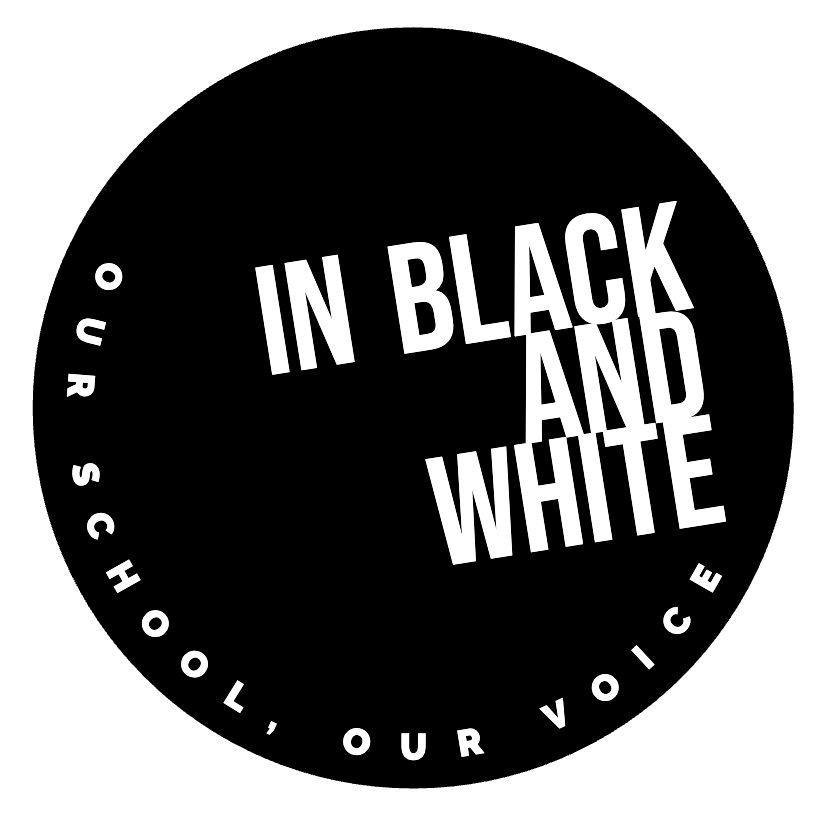Story By Christian Di Leo
Cover Photo by Ryan Low
Dub Leffler is a well-known and highly regarded Indigenous Australian Author and Illustrator, celebrated for his powerful contributions in children’s literature. Dub is a descendent of the Bigambul and Mandandanji people of southwest Queensland as well as being of French, Syrian, and Irish heritage. Leffler brings deep cultural resonance and storytelling tradition to his artwork, often exploring themes of identity, reconciliation, and belonging.
Beginning his career as an animator and muralist, Leffler transitioned into illustration, where he has truly made his mark. He has illustrated over 25 books, collaborating with renowned authors such as Sally Morgan, Ezekiel Kwaymullina, and Bruce Pascoe. Some of my personal favorite illustrations he’s done come from a book called Strangers on Country, a collation of multiple short stories that explores mixed perspectives of Aboriginal and Non-Aboriginal people. His Illustrations really contradict each other by showing the difference in feeling and emotion in different images.
Today, I was lucky enough to see Dub come in and give a talk to my class. Over the course of the lesson he explained many interesting techniques and facts about illustrating and writing, and we were lucky enough to see some of his outstanding sketches and artworks he brought, along with some images of the tools he uses to create his art. Something interesting I discovered about Dub’s illustrations is that he uses coffee and salt to get designs on his artworks. I found this odd as coffee and salt are not typically used in art, which makes Dub unique in his own ways.
When asked what was harder, writing or illustrating, Dub’s answer was quite fascinating. He said “Writing is easy, Writing is very easy. Whenever I fill out forms, it was always filled with boring stuff. Illustration takes a long time, but at the same time, it’s not a job. It’s me getting paid for what I love.” He also stated that good illustrating leaves room for imagination. This means that an illustration should capture the main point of the story and leave enough room for your imagination to do the rest. Something else Dub brought up was that he believes we owe a lot to other cultures for developing English.
Overall, Dub Leffler is an amazing author, illustrator and person who uses his unique background to share stories and create creative artworks. Dub should be well respected by all with his kindness, knowledge and care.
Q&A with Dub Leffler
Following his lesson in had the opportunity to speak with Dub one on one, and here’s what he shared:
Q1. What got you into illustrating?
What got me into illustrating? Reading encyclopaedias? … And especially children’s encyclopaedia, which I still have – it’s a Childcraft series, and all those encyclopaedias have amazing illustrations in them. And there was even a picture, it was the very first picture I saw of an actual illustrator and that I realised, oh… well you can do that for a job!
Q2. What is your favorite book?
Oh, my favorite book. Apart from the gospel. I have these favourite stories. I love Fors and especially fables from other countries. So, yeah, I do see value in it, I like to look for the value in every story, which is nice.
Q3. Who is your favorite author?
Favorite author. That’s a good question. That’s a good question. Favorite author. Well, these are my favorite books. I actually like Paul Guillo. He wrote The Alchemist.
Q4. What is your favorite illustration you’ve ever done?
Oh, favorite illustration. Well, I do like the ones in Strangers in Country, because that was their true stories and it’s an honour to be able to illustrate true stories, sort of the history of Australia. I also like the illustrations that I’m doing at the moment for a book called The Drivers that was written by Leah Hersel.
Q5. In Strangers of Country, what is your favorite story and why?
I do love the story of Nis. I love it because he actually wrote it himself, he wrote it down himself, and there are there are some amazing photos of him when he had been living there for so long and how he had changed and it shows a different part of Australian history, which everybody should know in Australia… and I do know that his story is quite well known in France. Better than here.
Q6. What is your message to kids who aspire to be illustrators?
Practice, and… not just the art, but practice being the best person you can be. Because then you’re able to bring that to your work. And treat others as you would like to be treated. It sounds very nice. Just remember that there’s so much that you can do with illustration. Keep in mind illustrators and artists have changed the world. We’ve designed ships and buildings and cities and cars and computers… long before they actually exist. So, we are creators in that sense. So, you think about it that way, that it’s important, it’s an important job that doesn’t feel like a job.
